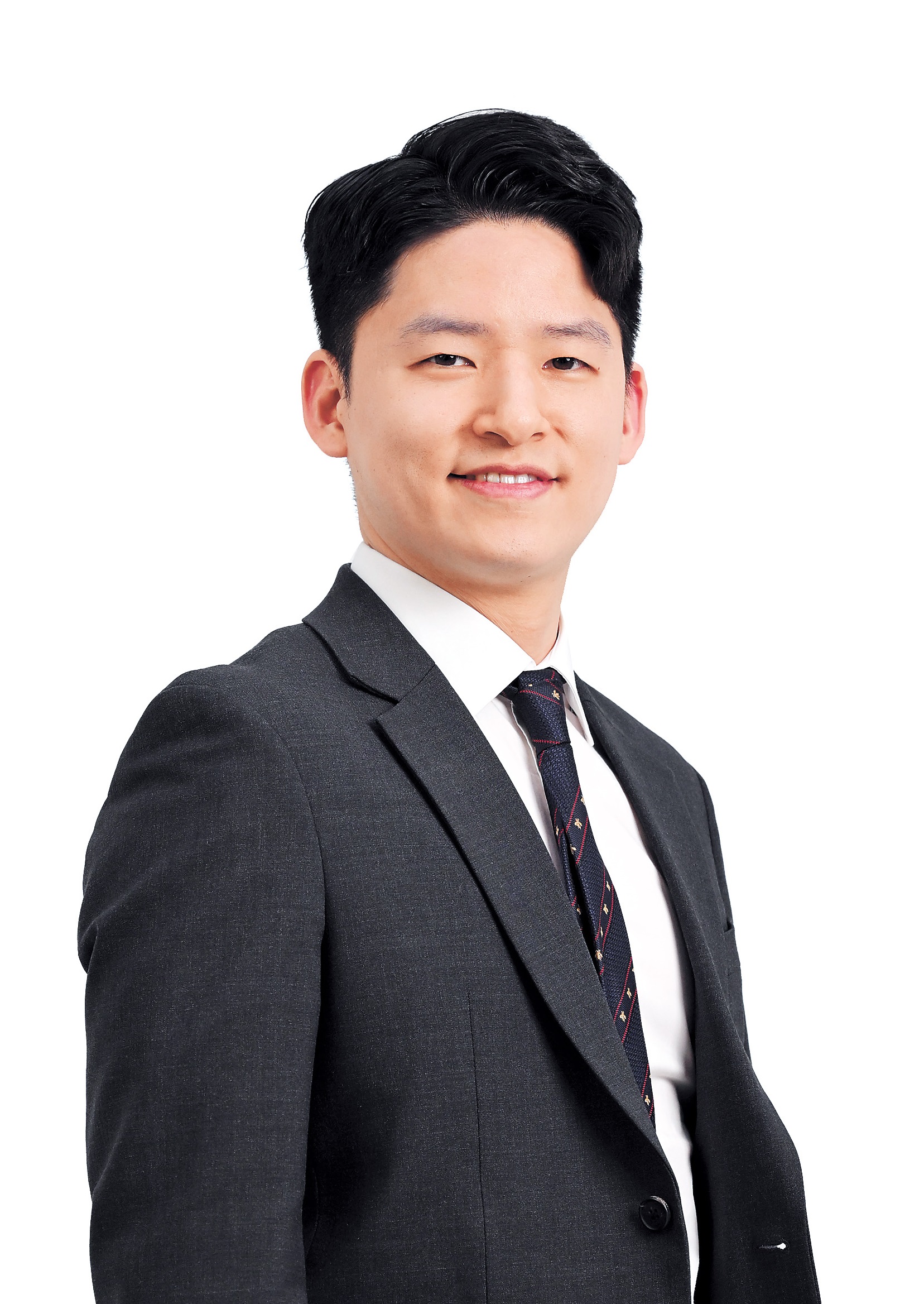[KH Explains] Hyundai-backed Motional’s struggles deepen as Tesla eyes August robotaxi debut
By Moon Joon-hyunPublished : May 16, 2024 - 15:22

Motional, Hyundai Motor Group’s robotaxi service joint venture in the United States, has hit a rough patch recently, facing major investor pullouts, a delayed service launch and a drastic 40 percent workforce reduction.
This turbulence comes as Elon Musk recently announced Tesla’s plans to launch its robotaxi service in August, which experts say has a simpler AI architecture that is less costly to train and run than rivals.
Experts say they still expect industry-wide investments in full self-driving (FSD) and robotaxi technologies due to their cash-generating potential for carmakers, operators and car owners.
Daishin Securities projects that Tesla's FSD subscriptions and robotaxi services alone could generate over $66 billion in revenue within a decade if launched as planned this year, potentially accounting for 70 percent of its current market valuation.
Human oversight still required
Motional had initially aimed to roll out its Level 4 driverless robotaxis by 2023, which would operate without any human intervention. The company had made bold expansions, including tripling its autonomous test roads in Las Vegas from 2021 to 2022 and hiring over 100 new employees.
However, contrary to its claims, Motional's services have been hampered by technological challenges.
“The company’s AI-first autonomy stack, which features over 30 sensors including cameras, radar and lidar, was designed to offer superior object and movement detection but proved too complex and costly to be effectively trained on its own,” said one of the sources familiar with the matter.
Unlike its competitors like Waymo, which already provides fully autonomous rides in several US cities, Motional’s services still require human safety operators.
Motional’s robotaxi operations in Las Vegas and Santa Monica, until the very last month, included a human safety operator and a specialist in logging issues. In contrast, competitor Waymo offers fully autonomous rides in cities like Phoenix, San Francisco, and Los Angeles.
Tesla's model takes a different approach compared to sensor-heavy systems like Motional's. By relying on simpler 2D data from cameras and processing it with a relatively lightweight AI model, Tesla minimizes the need for extensive computational power. Tesla's custom-developed FSD chips handle the 2D data from eight cameras and convert it into a 3D spatial understanding.
Tesla's decision to eliminate lidar and radar in favor of cameras not only reduces costs and energy usage but also mitigates the latency issues associated with heavier sensor arrays that are frequently responsible for unexpected accidents.
Data collection is another strength for Tesla. With about 5.85 million vehicles sold by the first quarter of 2024, Tesla gathers vast amounts of global driving data, critical for refining both its Autopilot and FSD systems. As of April 2024, the FSD beta program had logged over 1.93 billion kilometers.
Hyundai as savior
In January, Aptiv, one of Motional's primary investors and a joint venture partner, announced it would stop funding the startup due to the high costs and uncertain profitability of the robotaxi business.
On May 2, Hyundai stepped in, committing nearly $1 billion to Motional to ensure its operations. This investment includes $475 million directly into the startup and an additional $448 million to acquire an 11 percent equity stake from Aptiv, increasing Hyundai’s control to 85 percent.
Despite Hyundai’s investment, Motional announced on May 7 that it would delay its planned commercial robotaxi launch from 2023 to 2026. The company also revealed plans to restructure and focus on core technologies, ceasing its current commercial operations, including autonomous taxi services in Las Vegas and Uber Eats deliveries in Santa Monica, California. On May 14, filings showed that Motional laid off approximately 550 employees, about 40 percent of its workforce.
Huge growth potential
The commercial potential of robotaxis is substantial. Owners of fully autonomous vehicles can use FSD for personal driving and also for generating revenue by providing robotaxi services. Upon the recent announcement of the upcoming robotaxi service, the Tesla CEO boasted that the vehicles would drive up to 90,000 miles, or 145,000 kilometers, annually over an 11-year lifespan.
Daishin Securities researcher Jeon Chang-hyun projects that Tesla’s FSD subscriptions and robotaxi platform fees, if launched this year, could generate over $66 billion annually by 2033, increasing to $94.7 billion by 2040.
“The rewards of autonomous driving subscriptions and robotaxi services will be reaped by both manufacturers and consumers, so companies will keep pouring resources into its development, no matter how elusive the tech might seem for some companies,” said Jeon.






![[Graphic News] Instagram overtakes Naver as 3rd most popular mobile app in S. Korea](http://res.heraldm.com/phpwas/restmb_idxmake.php?idx=644&simg=/content/image/2024/05/30/20240530050800_0.gif&u=)

![[Daniel DePetris] China’s message to Taiwan’s president](http://res.heraldm.com/phpwas/restmb_idxmake.php?idx=644&simg=/content/image/2024/05/30/20240530050781_0.jpg&u=)


![[Photo News] Series of butane explosions destroys cars in Busan parking lot](http://res.heraldm.com/phpwas/restmb_idxmake.php?idx=644&simg=/content/image/2024/05/31/20240531050568_0.gif&u=)








![[Today’s K-pop] NewJeans pop-up store to open in Seoul](http://res.heraldm.com/phpwas/restmb_idxmake.php?idx=642&simg=/content/image/2024/05/31/20240531050593_0.jpg&u=)